Here’s the lowdown. Scaling icons properly keeps them crisp and clear on any screen size. I talk more on this in the blog.

Brands like Amazon and Walmart have a product page design that sells itself. In this blog, I analyze how they do it and what you can learn from them.
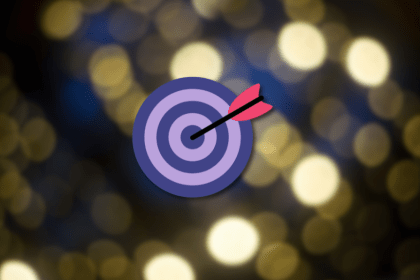
The aesthetic-usability effect shows that users equate beauty with functionality. But where’s the line between looks and usability? The challenge lies in balancing visual appeal with true usability.

Digital overload is real, and your design doesn’t have to contribute to it. In this blog, I use examples to show how good, humane designs put users first and build lasting trust.
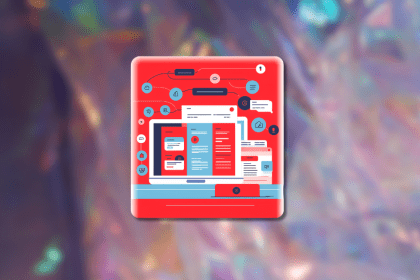
Contrasting colors do more than catch the eye; they determine whether your interface is accessible to all users, including those with low vision. More on this in this blog!

Capturing attention is one thing; keeping it is another. Beyond the binary of ‘engaged’ or ‘not’ lies a richer understanding of user motivation — I talk more about that in this blog.
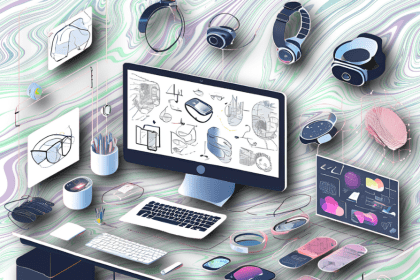
Smart rings, watches, eyewear — web design for wearables demands a whole new playbook. Today, I explore how sleek UX and futuristic tech blend and transform the way we experience wearables every day.
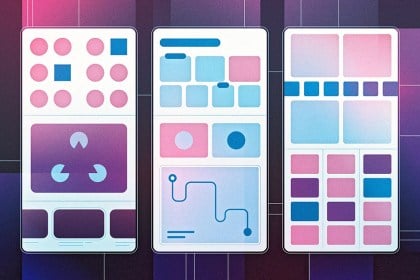
Chaotic designs confuse users — which is why you need to know about the Gestalt laws of grouping. They provide structure, streamline interactions and enhance overall UX.

Every color choice you make for your designs is more powerful than you think. I talk all about color symbolism in this blog.
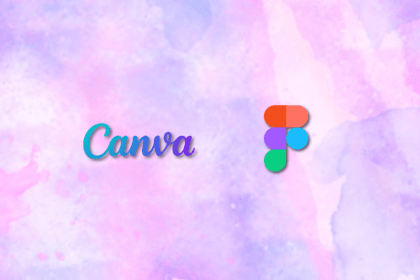
Canva or Figma? In this blog, I research which tool fits your design needs for what — be it advanced interfaces or quick marketing assets.

Companies use dark patterns to boost conversions. But ethical UX design fosters trust through transparency and consent — benefiting users and brands alike. Learn how.
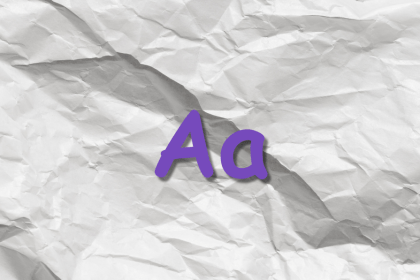
Love it or loathe it, Comic Sans has one more trick up its sleeve — it will teach you the dos and don’ts of type choices.